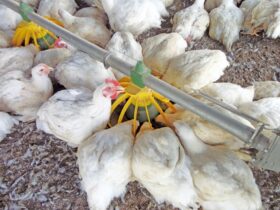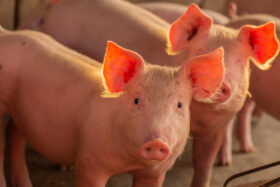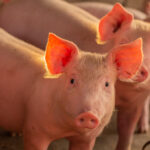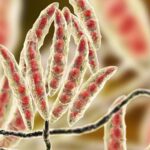by Vesna Jenkins, Global Product Manager, Biomin BioStabil
Silage quality directly impacts animal health and farm profitability. This guide delves into the scientific principles and practical steps necessary to produce silage of the highest caliber.
Optimal Dry Matter
The journey to exceptional silage begins with harvesting at the ideal dry matter percentage. This critical timing ensures the preservation of yield and energy content. Striking the right balance is key; harvesting too early can lead to nutrient-poor silage, while too late can compromise the forage’s structural integrity. Aim for a dry matter content of 32-38% depending on forage type for optimal results.

Wilting Wisdom
When wilting is part of the process (e.g. grass, clover or alfalfa silage), efficiency is paramount. Achieving the desired dry matter in just a few hours help to prevent spoilage and retain the forage’s nutritional value. It’s a delicate dance between removing excess moisture and maintaining the feed’s quality.

Ensiling Excellence
Post-harvest, the clock is ticking. Compacting and sealing the forage within 24 to 48 hours is vital to create an anaerobic environment. This step is crucial to ensure anaerobic conditions for optimal fermentation. Pack the silage in thin layers with heavy enough machinery such as dual wheeled heavy tractors to achieve optimal dry matter density of around 250 kg per cubic meter. Pay special attention to the edges for even compaction. Once filled, seal the clamp with high quality overlapping sheets ensuring the edges are weighted down to prevent air ingress.

Rapid Acidification
The role of silage inoculants cannot be overstated. The proven science of the silage inoculant Biomin® BioStabil accelerates the pH drop, locking in dry matter, energy, and protein. This rapid acidification is a defense mechanism against pathogenic bacteria and mycotoxin producing fungi, ensuring the silage remains safe and nutritious.

Feed-Out Finesse
Proper management of the clamp face is crucial to prevent spoilage and ensure livestock health. Cut sufficient depth from the clamp face daily to prevent newly exposed silage near the face from having time to spoil. Maintain a smooth and clean silage face to minimize spoilage. Spilled debris on the ground can easily go moldy, presenting hazards for animals if fed out. Use the proven silage inoculant Biomin® BioStabil for longer aerobic stability in the silage and TMR.

Silage making is both a science and an art. By following these guidelines and choosing the right inoculant, farmers can secure the nutritional integrity of their forage.
Consult with an EW Nutrition representative to select the perfect BioStabil inoculant tailored to your forage type and conditions, and elevate your silage from good to great.
















